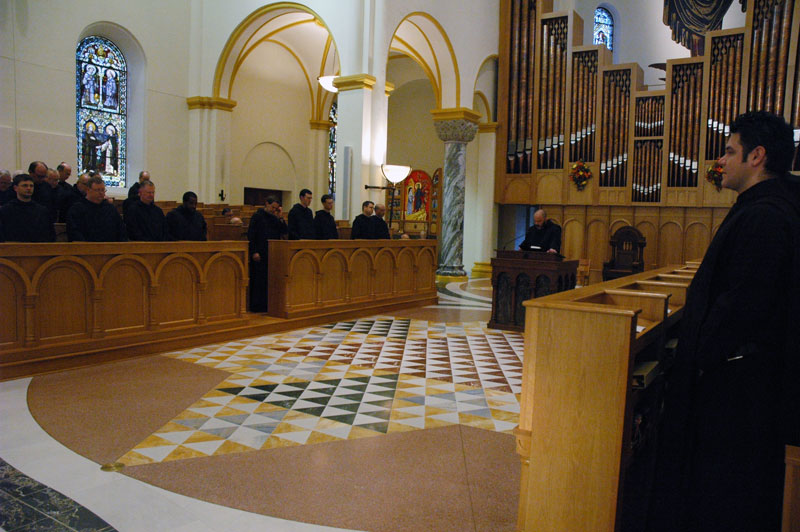I have taught preaching courses at Saint Meinrad Seminary over the years and I have my Doctor of Ministry degree from McCormick Presbyterian Seminary in Chicago, so I am honored that ....
- I Have Been Asked to Be One of the Sermon Evaluators,
- Offer A Workshop on the Role of Preaching in Parish Revitalization
- Offer A Workshop on the Role of Preaching in Parish Revitalization
and
- Preach At The Closing Dinner at this year's
Southeast Festival of Young Preachers
at
Louisville Presbyterian Theological Seminary
TODAY
TODAY
My homily will be entitled:
"Watch Carefully How You Live"
from the text:
Watch carefully how you live, not as foolish persons but as wise, making the most of the opportunity.
Here are the young preachers who preached at today's preaching festival.
The one on the far left is a 15 year old Baptist. The one to her left is a Christian and blind. The others were various denominations: United Methodist, non-denominational, Assemblies of God and Episcopal. The 15 year old blind preacher was truly amazing for her age.
I was the "sermon evaluator" for the two below. Both did excellent jobs.
Amanda Dow, non-denominational.
Keith Turner, Episcopal
I gave the closing homily at the dinner.
Watch carefully how you live, not as foolish persons but as wise, making the most of the opportunity.
Ephesians 5:15-20
Here are the young preachers who preached at today's preaching festival.
The one on the far left is a 15 year old Baptist. The one to her left is a Christian and blind. The others were various denominations: United Methodist, non-denominational, Assemblies of God and Episcopal. The 15 year old blind preacher was truly amazing for her age.
I was the "sermon evaluator" for the two below. Both did excellent jobs.
Amanda Dow, non-denominational.
Keith Turner, Episcopal
I gave the closing homily at the dinner.












